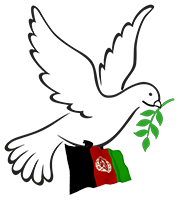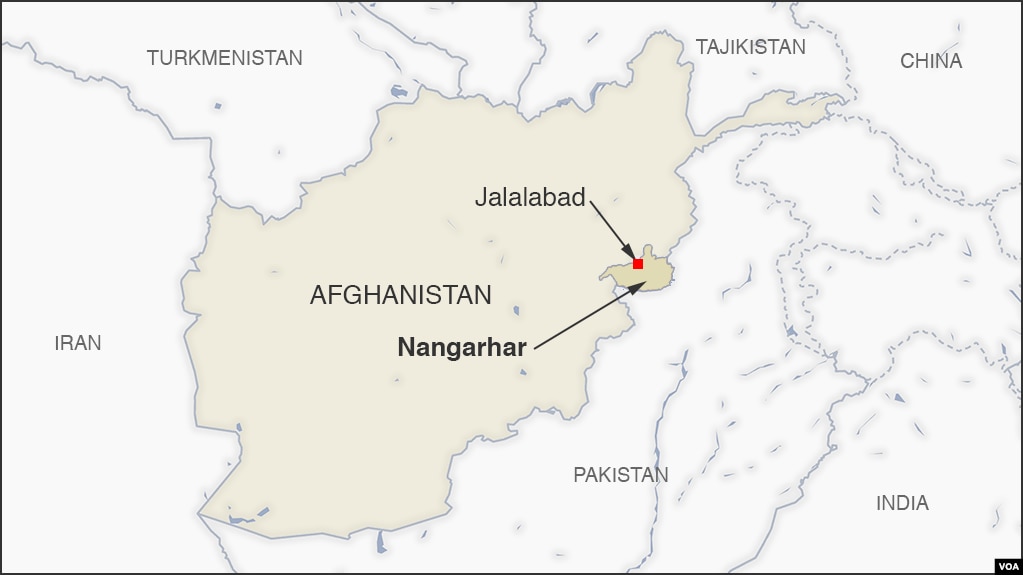At the same time, Amir Khan Muttaqi mentioned that appointing a special representative for Afghanistan is unnecessary.
Roza Otunbayeva, the head of UNAMA, met with Iranian officials about significant issues including the upcoming Doha meeting.
Hassan Kazemi Qomi, Iran’s ambassador and special envoy for Afghanistan, highlighted during his conversation with Roza Otunbayeva that the third Doha meeting indicated the United Nations’ role in establishing a fair order and promoting constructive engagement between Afghanistan and neighboring countries.
The head of the UNAMA also met with Hossein Amir-Abdollahian, the foreign minister of Iran.
Hossein Amir-Abdollahian and Hassan Kazemi Qomi emphasized the significant role of the United Nations in maintaining peace and stability in Afghanistan.
The Iranian ambassador and special representative in Afghanistan mentioned the meeting with Roza Otunbayeva, saying: “Referring to the destructive role of American policies in the region and Washington’s illegitimate influence on UN policymaking, the necessity of the UN to recognize the realities of Afghanistan and the region, especially during the third Doha meeting, and to play its inherent role in establishing sustainable peace and creating a fair political order in Afghanistan through constructive and continuous interaction with regional countries, was emphasized.”
At the same time, Amir Khan Muttaqi, acting minister of Foreign Affairs, described the upcoming Doha meeting on Afghanistan as positive in a meeting with the Japanese ambassador in Kabul; however, he mentioned that appointing a special representative for Afghanistan is unnecessary.
Hafez Zia Ahmad Takal, deputy spokesperson for the Ministry of Foreign Affairs, quoting the Japanese ambassador in Kabul, said that “appointing a special envoy for Afghanistan without the agreement of the Islamic Emirate is not realistic.”
“The acting minister of Foreign Affairs has a positive view about the Doha meeting and considers appointing a special representative for Afghanistan unnecessary. He also said that instead of new mechanisms, existing bilateral mechanisms should be used to discuss all issues with the Afghan government.”
However, some political experts say that if the world and the Islamic Emirate comply with each other’s demands on certain issues, such meetings about Afghanistan will be effective.
Samim Shamsi, a political analyst, said: “The Islamic Emirate of Afghanistan should at least accept the legitimate demands of the Afghan people and the rightful demands of the international community, and on the other hand, the United Nations should cooperate with them on the necessities and needs that the Islamic Emirate of Afghanistan has concerning national issues.”
Saleem Paigir, another political analyst, said: “If the United Nations intends to play an important and vital role in the upcoming Doha meeting, we might witness the formation of a strong regime in Afghanistan by the Afghan people.”
Previously, the Secretary-General of the United Nations hosted a meeting on the situation in Afghanistan with the participation of special representatives from over 25 countries in Doha on February 18th and 19th of this year. Representatives of Afghan civil society and women also attended this meeting; however, the Islamic Emirate abstained from participating in the second Doha meeting due to lack of access to the details of the meetings
 Afghanistan Peace Campaign
Afghanistan Peace Campaign

